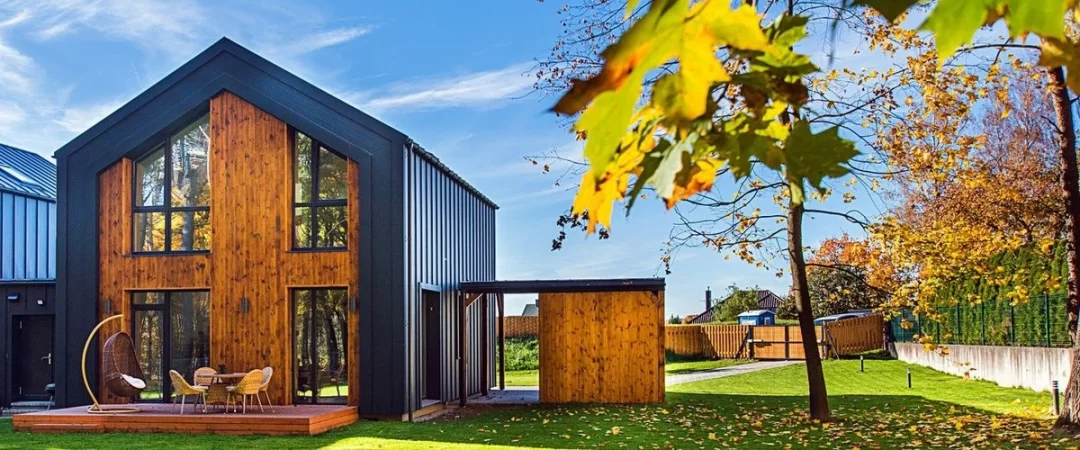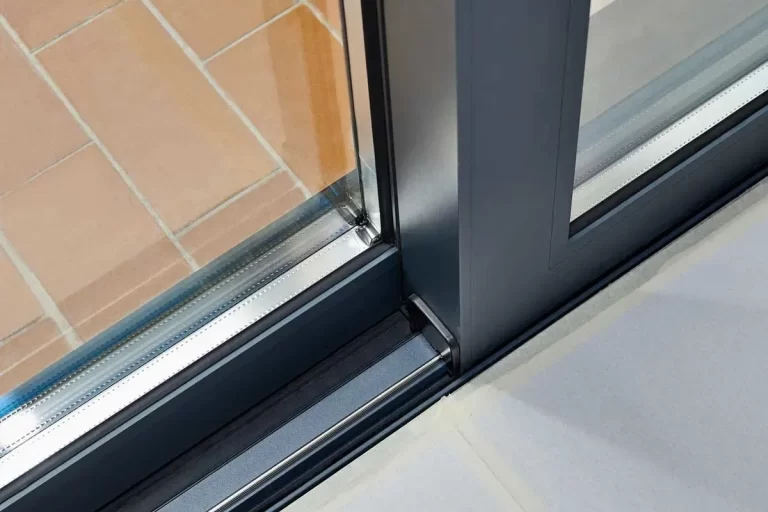What Materials are Used in An Eco-Friendly House? 18 Sustainable Materials
Discover 18 materials used in an eco-friendly house, that not only save energy but also contribute to a sustainable environment. From solar panels to recycled insulation, these materials will transform the way we build.

What Materials are Used in An Eco-Friendly House?
As our world grapples with the challenges of climate change, adopting eco-friendly practices in construction is becoming more critical than ever before.
Materials used in an eco-friendly house offer a sustainable solution that not only helps reduce our carbon footprint but also saves energy and protects the environment.
In this comprehensive article, we will explore 18 cutting-edge eco-friendly building materials that promote energy efficiency and contribute to the preservation of our planet.
1. Solar Panels and Solar Shingles
Harnessing the power of the sun, solar panels and solar shingles are eco-friendly alternatives to traditional electricity sources.
These photovoltaic technologies convert sunlight into electricity, reducing dependence on fossil fuels and saving energy.
Installing solar panels can significantly lower your electricity bills and even allow you to generate surplus power.
2. Green Roofs and Living Walls
Green roofs and living walls are innovative ways to incorporate vegetation into buildings. They provide natural insulation, improve air quality, and reduce the urban heat island effect.
Green roofs absorb rainwater, reducing runoff and minimizing the strain on drainage systems, while living walls enhance biodiversity and promote a healthier environment.
3. Insulated Concrete Forms (ICFs)
ICFs are foam blocks or panels that stack together to form the structure of a building. These forms are then filled with concrete, creating a well-insulated and energy-efficient building envelope.
ICFs offer superior thermal performance, reducing heating and cooling costs while providing excellent soundproofing.
4. Bamboo Flooring
Bamboo is a rapidly renewable resource and an excellent alternative to traditional hardwood flooring. It grows quickly, requiring minimal resources, and its natural durability makes it a sustainable and eco-friendly choice.
Bamboo flooring adds a touch of elegance to your home while contributing to the preservation of forests.
5. Recycled Steel
Using recycled steel in construction significantly reduces the demand for new raw materials and lowers carbon emissions associated with steel production.
Recycled steel possesses the same strength and durability as virgin steel, making it an environmentally responsible choice for framing and structural elements.
6. Energy-Efficient Windows
Energy-efficient windows are designed to minimize heat transfer and reduce energy consumption for heating and cooling.
Double or triple glazing, low-emissivity coatings, and gas fills between panes enhance insulation, keeping indoor spaces comfortable and reducing the need for artificial temperature control.
7. Recycled Insulation
Made from recycled materials like newspapers, denim, or plastic bottles, recycled insulation provides effective thermal performance without harming the environment.
It reduces the energy required for temperature regulation and helps divert waste from landfills.
8. Geothermal Heat Pumps
Geothermal heat pumps tap into the Earth’s natural heat to warm or cool buildings efficiently.
These systems use stable ground temperatures to exchange heat, resulting in significant energy savings compared to traditional HVAC systems.
9. Rainwater Harvesting Systems
Rainwater harvesting systems collect rainwater from rooftops and store it for various non-potable uses such as landscape irrigation and toilet flushing.
By utilizing rainwater, these systems reduce the demand for freshwater resources.
10. Recycled Plastic Lumber

Recycled plastic lumber serves as a sustainable alternative to traditional wood lumber. It is durable, rot-resistant, and requires no painting or sealing, making it ideal for outdoor applications like decks and fences.
11. Energy-Efficient Lighting
LED lighting, compact fluorescent lamps (CFLs), and other energy-efficient lighting solutions significantly reduce electricity consumption compared to traditional incandescent bulbs.
These lighting options have longer lifespans, saving both energy and money.
12. Sustainably Sourced Wood
Choosing wood from responsibly managed forests helps preserve ecosystems and supports sustainable forestry practices. Look for certifications like the Forest Stewardship Council (FSC) to ensure your wood is sourced ethically.
13. Hempcrete
Hempcrete is a bio-composite material made from hemp, lime, and water. It provides excellent insulation and breathability, contributing to energy-efficient buildings with a smaller carbon footprint.
14. High-Performance Insulated Panels (SIPs)
SIPs are prefabricated panels made of foam insulation sandwiched between two structural facings. They offer exceptional thermal performance, reducing energy consumption for heating and cooling.
15. Cool Roofs
Cool roofs feature reflective surfaces that minimize heat absorption from the sun. By staying cooler, they reduce the need for air conditioning and alleviate the urban heat island effect.
16. Cellulose Insulation
Cellulose insulation is made from recycled paper treated with fire-retardant additives. It provides effective thermal and acoustic insulation while using recycled materials.
17. Cork Flooring
Cork flooring is harvested from the bark of cork oak trees, which regenerates over time. It is a renewable, comfortable, and insulating flooring option that adds a unique touch to interior spaces.
18. Natural Clay Plasters
Natural clay plasters are eco-friendly alternatives to synthetic wall finishes. They regulate indoor humidity, improve air quality, and are free from harmful chemicals.
Conclusion
Embracing eco-friendly building materials is not only a responsible choice for reducing our environmental impact but also a smart decision for long-term energy savings.
From solar panels harnessing the power of the sun to recycled insulation reducing waste, these 18 materials exemplify the potential of sustainable construction.
By incorporating these materials into our buildings, we take a significant step toward a greener and more sustainable future.
READ ALSO!!!





